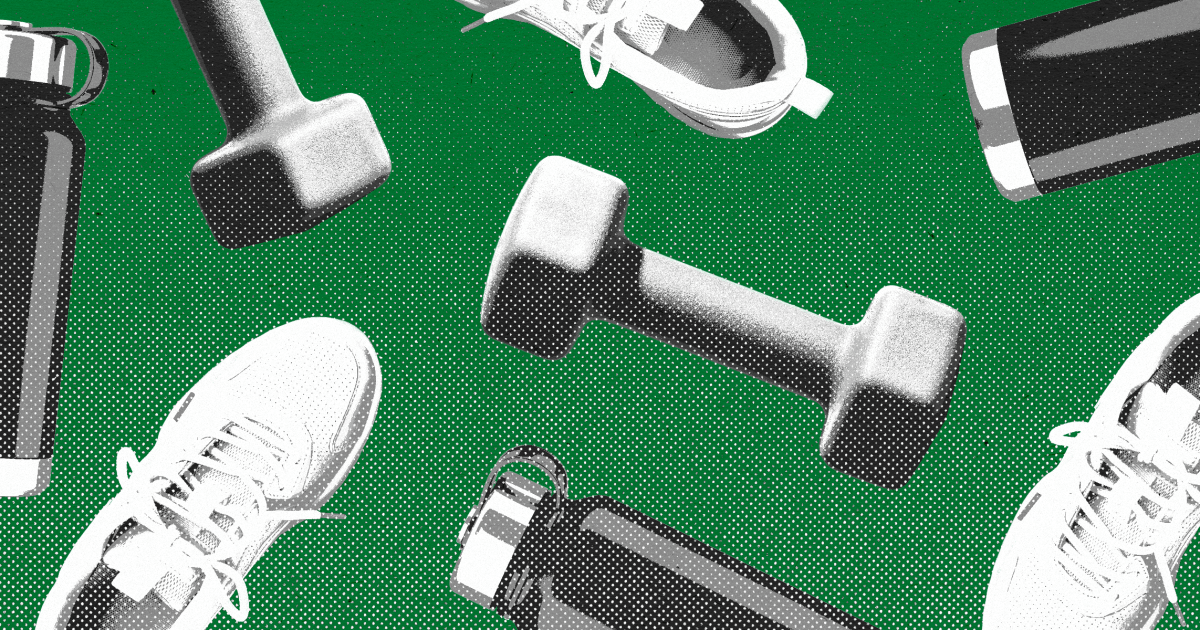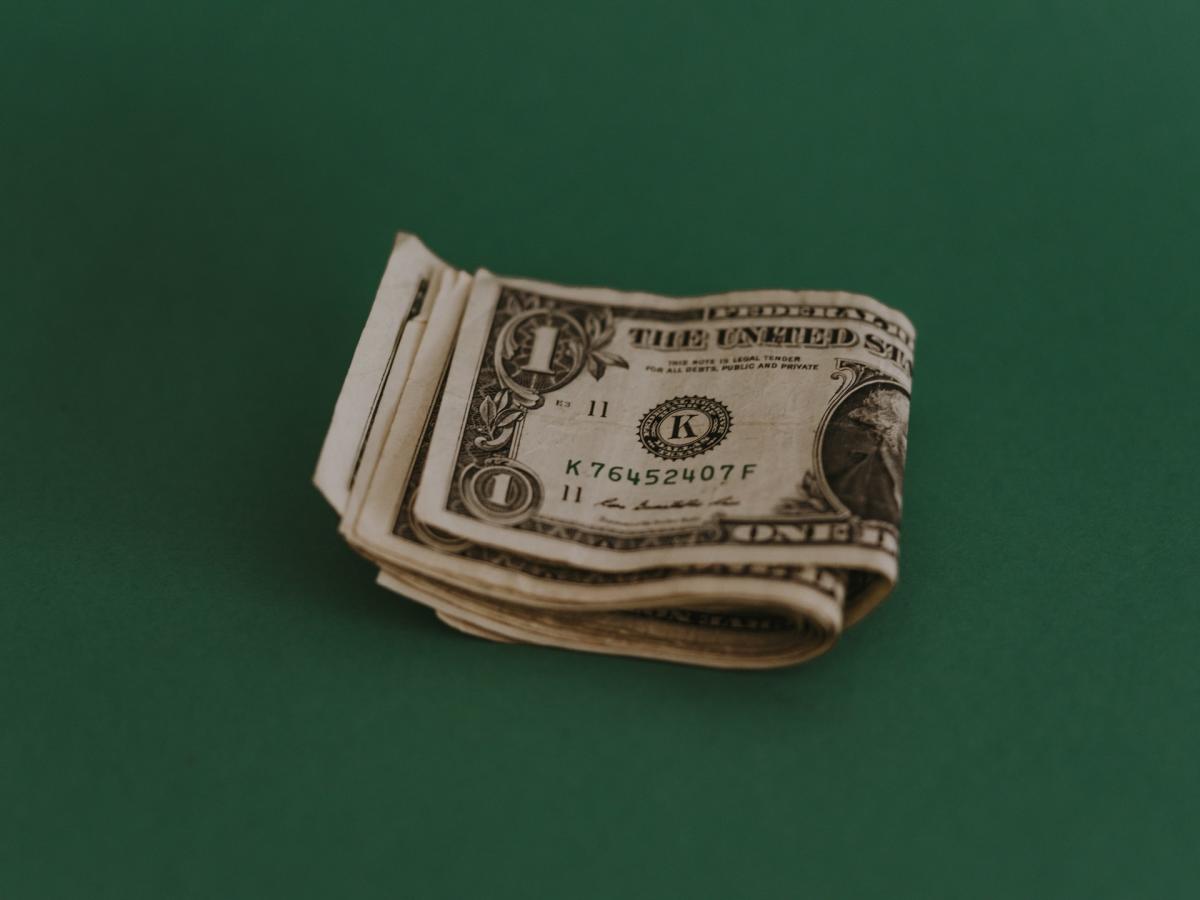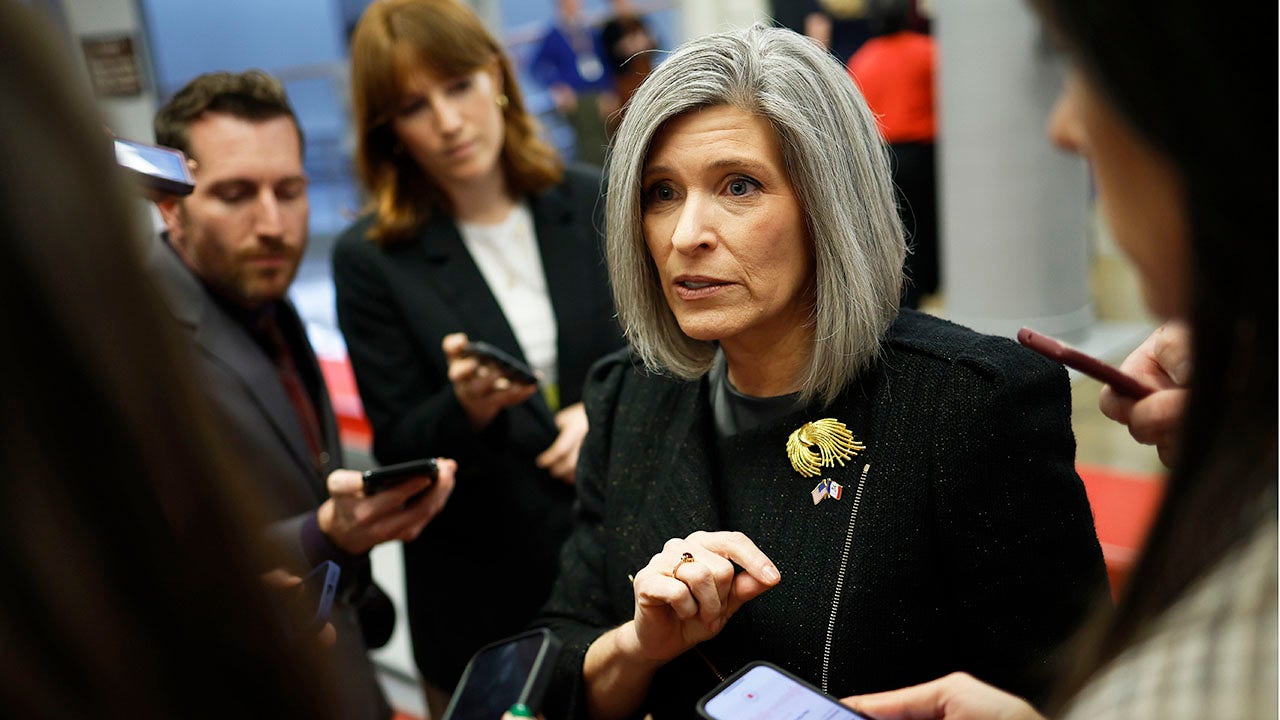Fitness
Have you put on extra kilos? Know how much it costs to cut the flab

The cheapest way to lose weight is by going to the neighbourhood park for the morning walks, running and yoga. Some parks, particularly in Delhi, have fitness equipment as well and it is free for all. But, there are costs associated with gyms, cycling, aerobics and swimming. For instance, you need to pay a monthly fee to use the swimming pool or the local gym, or attend aerobics classes. Besides, you need to invest in gym wear, including running shoes. And If cycling is your passion, you need to choose the cycle that suits your style. They come in various ranges and prices. Visits to the dieticians and regular medical check ups add to your expenses.
Meanwhile, extreme cases of obesity require medical intervention that costs a bomb. A bariatric surgery could cost anywhere between ₹2 lakh and ₹16 lakh. Note that this type of surgery is covered by certain health policies, but come with some riders:
Mint spoke with a few individuals on their weight reduction journey. Read on.
Surgery and sports
Surat-based businessman Ankitkumar Bhamborliya, 33, slipped into a coma for three days in 2013. He was diagnosed with brain fever and the treatment that followed lasted a year, by which time his weight rose from 120kg to 165kg, with BMI (body mass index) of 52.
“My doctor advised me against any weight-loss programme during the course of my treatment. By the end of 2014, I was told it was time to lose weight and I began to check out available options. And I chose bariatric surgery. I knew some people, including a few of my relatives, who had undergone this surgery. I asked for references and finally selected Dr. Vikram Lotwala in Surat,” Bhamborliya recalls.
View Full Image
His surgery was successfully performed in 2016 and it cost him ₹2.5 lakh. The medicines cost around ₹20,000 back then.
Since the surgery, Bhamborliya has maintained a disciplined lifestyle of diet and exercise. His weight came down to 95kg and BMI to 30. “I had a low-carb, low-calorie diet initially. But my sugar levels began to fall. So, I changed my diet a little bit. My weight is now maintained at 100kg, and BMI at 31,” he says.
As part of his exercise regimen, Bhamborliya goes to the gym every morning. The gym membership fees is ₹12,000 per annum. He also swims regularly at a pool managed by the local municipality, where the fee is ₹2,400 annually. He concludes his day by walking at least 5 km.
Dehradun-based edtech professional Sudhakar Singh, 33, weighed around 105kg and had a BMI of around 33. An avid badminton player, he had stopped playing some years ago. He also suffered from hyperthyroidism. “After I started working, I went on a very carb-heavy diet and occasionally indulged in binge drinking. But, at one point of time, I got worried that I would get diabetes. There was already a health history of diabetes in my family. So, I decided to make some lifestyle changes,” Singh says.
Singh started with intermittent fasting, which he says has worked well for him, and exercising since the beginning of this year. “I would fast for 16 hours daily and have food only between noon and 8pm, Some days, I even did 18 hours of fasting,” he says. He has cut down his alcohol intake drastically, limiting it to just one of the weekends in a week. Singh also included protein shake in his diet on alternate days and spends ₹4,000 for a pack of protein powder every month.
Singh has started playing badminton again. He goes to the badminton academy near his house every evening and is also part of an active group of players. “It helps a lot, especially when you are on a weight-loss journey because someone will always be egging you on,” Singh points out.
The academy, which has an indoor court, charges ₹2,000 as fees per month. Players need to bring their own badminton racquets and shuttlecocks. Singh says he has bought two racquets, one for ₹1,800 and the other for ₹4,000 ,and expects them to last at least 3-4 years. He also bought two pairs of special shoes, one costing ₹1,800 and the other ₹2,200. These shoes typically last for a year. He buys a box of shuttlecock worth ₹990 once every three months.
Additionally, he visits the local gym 4-5 times a week. He pays ₹1,000 per month as fees. He now weighs 95 kg with BMI of around 30.
One step at a time
Noida-based Abhinav Sharma, 42, who works in the investment industry, weighed 94kg and had a BMI of 32 in 2022. He had been trying to reduce weight for some years now and even used to walk 12km daily. The covid pandemic and subsequent lockdowns disrupted everything. In early 2022, Sharma caught covid. “Soon after, I touched 94kg.In February that year, I decided to do something about my weight. I chose to walk daily for at least an hour. I lost 3kg in a month.” In March, he lost another 3-4kg, and also started to control his diet. “I put a stop to junk food, fried food, soft drinks and avoided sugar totally,” Sharma says.
“In April 2022, I began to do interval running of 200-300 metres over the course of my 6-7km walks,” he says. He lost 6-7kg that month. By May-end, Sharma was down to 75kg and started running more. He has since run 10km daily on a consistent basis. By November-December last year, Sharma touched 65kg.
This year though, Sharma has gained some weight because he is working on toning his muscles. “When you lose so much weight quickly, you need to also find a way to tone your muscles,” he says. Apart from running, he has started playing badminton.
Now, Sharma regularly takes part in running events all over the country. He says he has already done a few half-marathons (21km). Entry fees to these events, held almost every month, cost anywhere between ₹1,500 and ₹2,500.
He has six pairs of running shoes, each pair costing anywhere between ₹6,000 and ₹8,000. He expects to buy three pairs every year. He has also bought a pair of non marking shoes for badminton for ₹3,500, which he says should last for a year. To track his physical activities, Sharma also purchased a smartwatch, for ₹27,000.
Sharma has added protein powder to his diet. That helps him build and tone his muscles. He says a pack of whey isolate costs him ₹2,500 per month.
Coimbatore-based Shineson, who works as a bank employee, weighed 91 kg with BMI of 33, but has now reduced his weight to 74 kg and BMI of 27. Shineson, 30, started his weight loss journey a year back, when during a health check-up he learnt that his cholesterol and sugar levels were both marginally higher.
He started off with walking 5-6 km every day, besides the 4km back and forth from home to his office. Over time, he started doing 45 minutes of brisk walking and another 45 minutes of spinning (workout on a stationary bike). Shineson bought the indoor bike for ₹16,000 last year. On some days, he also does body weight-based strength exercises such as push-ups and squats.
While he has reduced his rice intake, his diet now includes macademia nuts, which is a calorie-dense dry fruit. “These nuts keep me satiated for longer hours and act like a meal replacement,” he says. He purchases 1kg of macademia nuts every month for ₹3,000. Instead of milk, he uses fresh cream for his coffee. On a monthly-basis, he spends ₹3,000 on fresh cream.
Shineson also takes protein powder on alternate days, especially on days that he is feeling very tired. He says a 1kg packet ( ₹3,000 per pack) of protein powder lasts three months. To track his fitness, he recently bought an apple watch for ₹28,000.
Investing in your health
Finding room in your budget for a healthy lifestyle is better than spending on medicines. Today, there are several options available for weight loss programmes, be it dieting, exercising or even medical procedures. But, surgeries are very expensive, and the costs depend upon the hospital and doctor. Some procedures such as liposuction are not covered by insurance. Liposuction is considered a cosmetic procedure. From 2019, as per Irdai (Insurance Regulatory and Development Authority) guidelines, bariatric surgery is covered under certain conditions, i.e. if your BMI is 40 and above (extreme obesity) or between 35 and 39.9 with co-morbidities. But your insurer may not permit cashless hospitalization for bariatric surgeries.

Fitness
Donald Trump Fitness: Can His Golf Workouts Replace the Gym? Explore Trump’s Golf Exercise Routine and Health Benefits

Donald Trump’s fitness routine centres around golf, not the gym. Let’s know how his golf workouts burn calories, improve health, and whether golf can truly replace traditional exercise.
When you consider Donald Trump, you probably don’t think of fitness. Yet, one thing that he always swears by is golf. Beyond being a hobby, Trump uses golf in his leisure a great deal, as a way to stay active, socialise, and keep his body in motion. But here’s the big question: Can Trump’s Golf Workouts Replace the Gyms? Let’s explore his regimen and discover the unexpected health benefits of golf as a form of exercise.
Does Donald Trump Work Out At The Gym?
Unlike several celebrities or political figures who are stuck to a gym regimen, Donald Trump is not known for pumping iron or running on treadmills. Instead, it is his fitness in playing golf that comes first. Trump is said to spend hours of his day at the golf course, walking around, swinging and being active while he is managing both business and leisure conversation. While it may not sound like a real workout, golf requires you to move around, control your posture and your coordination all the time, making it a low-impact exercise for burning calories.
How Many Calories Does Playing Golf Burn?
Yes, and here’s why. On average:
- Walking 18 holes may cover 4 – 6 miles.
- The number of calories burned by carrying clubs or pushing a cart is 600-1,000 calories per round.
- A golf cart even allows golf players to burn up to 300-450 calories because of swinging, short walks, and postural control.
And when you’re an early riser, a workaholic and a frequent visitor to the course, as Donald Trump is, that calorie burn adds up, making golf something of a fitness powerhouse.
Health Benefits Of Trump’s Golf Routines
People grossly underestimate golf, but Trump’s steady play grants him some wrist flexing fitness advantages:
1. Improves Heart Health
Walking the course and swinging regularly provides greater blood circulation and makes the cardiovascular system stronger.
2. Increases Flexibility and Balance
The golf swing to develop: Spine, shoulders, hips, and core. After a certain period of time, repeating the same movements helps your body gain flexibility and balance.
3. Improves Muscles Without Heavy Lifting
While not weight training, swinging a golf club develops arms and shoulders and core muscles.
4. Reduces Stress
Golf is an outdoor game, and it is played in often lush and calm surroundings. For Trump, it’s also a break from the pressures of politics and business, mentally.
5. Promotes Longevity
Studies show that golfers live longer on average due to the combination of moderate physical activity and the provision of relief.
Can Golf Replace The Gym?
This is where opinion becomes polarised. For Donald Trump, golf might be sufficient to get a workout, but for most people, the gym allows for targeted exercises on strength training and cardio intensity which golf simply cannot match. However, golf is an excellent option for those who hate gyms but still desire a regular workout. The combination of walking, swinging, and being outdoors means that this is an effective low-impact workout.
Golf Smart: Maximise Your Workout
If you want to follow in Trump’s footsteps-but maximise the amount of fitness benefits you are getting-try these:
- Use your feet to walk the course rather than use a cart.
- Carry or use a push cart for your own clubs.
- Always warm up before playing by stretching.
- Galea does weight exercises, such as squats or push-ups, after golf to try to balance with force.
While Donald Trump is not known for lifting heavy weights or running marathons, his golf workouts keep him active and in shape in a sustainable way that is both fun and engaging. While a game of golf cannot completely take the place of a workout in the gym, it proves that fitness doesn’t always need to come from traditional workouts.
Don’t Miss Out on the Latest Updates.
Subscribe to Our Newsletter Today!
Fitness
Michael Chiklis Had to Get in Football Shape Well After 50. Here’s How He Did It.

MICHAEL CHIKLIS HAS played tough cops in shows like The Shield and a granite-strong superhero in The Fantastic Four, but the most difficult physical challenge the actor has faced over a long career might just have been playing a regular, real-life guy. That regular guy did something remarkable, however—Chiklis’s most recent film, The Senior, is about 59-year-old Mike Flynt, who suited up for college football as the oldest player in the NCAA.
Stepping into the shoes of this character wasn’t a stretch for Chiklis, who is now 62—he says he was the captain of his football team in high school, so he has the background—but getting in shape for the film well after 50 was a trial. The actor did “about 90 percent” of the football action on screen, so he needed to be able to do more than just look the part. He had to be able to move, too.
How did he do it? A dedicated strength and conditioning plan (and plenty of focused warm-up and mobility). Chiklis stacked up full-body training sessions to prep his body to get into football shape. He did more than just gym training, however; Chiklis says he would often spent 40 minutes in the pool jogging and walked 10,000 steps to raise up his general activity levels.
Chiklis says that overall, the most important part of his training was preventing injury. His priorities are being healthy and strong—both for his career, and for the stage he’s at in life. “If you’re an older person and you’re interested in keeping your body strong and being fit, then listen to yourself,” he says. “Don’t get pulled into the whole machismo crap.”
Check out Chiklis’s breakdown of his routine here.
Michael Chiklis’s The Senior Workout
Lower Body Exercises
Reps or 45 seconds per exercise
Suitcase Squat
Dumbbell Romanian Deadlift
Dumbbell Lateral Lunge
Dumbbell Goblet Squat
Push and Pull Movements
4 rounds of 30 to 40 second intervals
Pushups
Dumbbell Floor Press
Dumbbell Row Variations
Arm and Shoulder Circuit
4 sets of 45 seconds per exercise
Dumbbell Curls
Arnold Press
Triceps Kickbacks
Want more celebrity workout routines? Check out all of our Train Like videos.
Brett Williams, NASM-CPT, PES, a senior editor at Men’s Health, is a certified trainer and former pro football player and tech reporter. You can find his work elsewhere at Mashable, Thrillist, and other outlets.
Fitness
How Many Days a Week Should You Do HIIT? A Trainer Weighs In

For some people trying to lose weight, they might find that they’ve plateaued and wonder if there is anything they can add to their workout routine to jumpstart their metabolism. Enjoying a high-intensity interval training (HIIT) workout a handful of days per week can be just the thing that works.
“If you’re looking to be more explosive, athletic or build muscle, HIIT workouts are best suited to help you do that,” Rafique “Flex” Cabral previously told TODAY.com.
Trainer Tip of the Day: HIIT Workouts 3 Days a Week Boosts Metabolism
A HIIT workout focuses on brief moments of super-intense activity with rest periods sprinkled between the exercise. While the high energy exertion occurs in quick bursts — often 30 to 45 seconds, with rest in between — it demands more of the muscles. This type of exercise builds and maintains lean muscle mass, which can help with weight loss.
“Maintaining a routine that involves HIIT training three to four times a week will help compound that post-workout effect on your metabolism,” Cabral said.
HIIT sparks something called excess post-exercise oxygen consumption (EPOC), which enables people to burn calories even after their workout ends. The American Council on Exercise says that HIIT works best for kickstarting EPOC.
“You will produce an after-burn effects with 25% more calories burned post-workout compared to going for a walk or a run,” Lisa Reed, a performance coach and owner of Lisa Reed Fitness, previously told TODAY.com.
Why It Matters
HIIT’s impact on people’s metabolism lingers for some time — Reed estimates it bolsters metabolism up to 10% for three days after a workout.
Having lean muscle mass helps with weight loss but also promotes healthy aging. People with more lean muscle are less likely to experience falls and engage in their daily activities with ease.
How to Get Started
Dedicating even 20 minutes three times a week to a HIIT workout can lead to boosted metabolism and weight loss. Workouts can be customized to exercise preference and the equipment people have handy.
“You can also keep things interesting by switching up the sequence or swapping out different exercises from strength to high-intensity movement,” Reed says. “HIIT workouts are an excellent way to increase your workout intensity in a short amount of time — 20 minutes or less.”
TODAY’s Expert Tip of the Day series is all about simple strategies to make life a little easier. Every Monday through Friday, different qualified experts share their best advice on diet, fitness, heart health, mental wellness and more.
-

 Finance1 week ago
Finance1 week agoReimagining Finance: Derek Kudsee on Coda’s AI-Powered Future
-

 World1 week ago
World1 week agoSyria’s new president takes center stage at UNGA as concerns linger over terrorist past
-

 Technology1 week ago
Technology1 week agoThese earbuds include a tiny wired microphone you can hold
-
North Dakota1 week ago
Board approves Brent Sanford as new ‘commissioner’ of North Dakota University System
-

 Culture1 week ago
Culture1 week agoTest Your Memory of These Classic Books for Young Readers
-

 Crypto1 week ago
Crypto1 week agoTexas brothers charged in cryptocurrency kidnapping, robbery in MN
-

 Crypto1 week ago
Crypto1 week agoEU Enforcers Arrest 5 Over €100M Cryptocurrency Scam – Law360
-

 Rhode Island1 week ago
Rhode Island1 week agoThe Ocean State’s Bond With Robert Redford




















